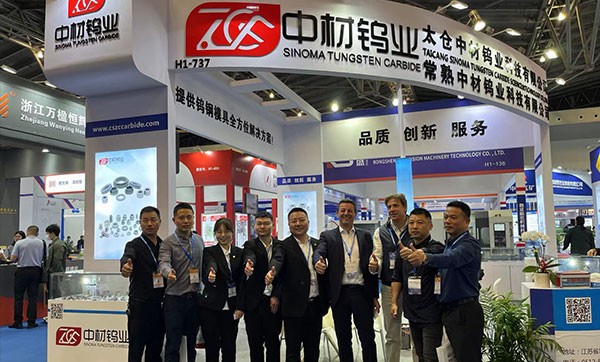Tungsten carbide molds are indispensable in industries requiring high precision and durability, such as manufacturing, automotive, and electronics. These molds are known for their exceptional hardness, wear resistance, and ability to maintain a sharp edge, making them ideal for forming, cutting, and shaping various materials. However, not all tungsten carbide molds are created equal. Identifying high-quality molds can significantly impact production efficiency and product quality. Here’s a comprehensive guide to help you discern superior tungsten carbide molds.
The primary factor determining the quality of tungsten carbide molds is the material composition. High-quality molds should have a well-balanced composition of tungsten carbide and a binder, typically cobalt or nickel. The ideal content is around 94-96% tungsten carbide with 4-6% binder.
Signs of high quality:
Tungsten carbide’s renowned hardness is measured on the Rockwell Hardness Scale (HRA). High-quality molds generally exhibit a hardness of 88-92 HRA, making them resistant to deformation and wear during high-pressure applications.
Testing methods:
The grain size of the tungsten carbide particles significantly influences the mold's performance. Finer grains lead to higher hardness and better wear resistance. A high-quality tungsten carbide mold typically has a grain size ranging from 0.4 to 0.8 microns.
Examination techniques:
The surface finish of a tungsten carbide mold affects the quality of the final product and the ease of mold release. A smooth, polished surface with minimal roughness is a hallmark of a high-quality mold.
Inspection criteria:
Tungsten carbide molds should maintain their properties under high temperatures and sudden thermal shocks. High-quality molds exhibit excellent thermal stability, ensuring consistent performance even under extreme conditions.
Evaluation methods:
Precision in manufacturing ensures that tungsten carbide molds produce parts with exact specifications. High-quality molds should have tight tolerances, often within a few microns, to ensure consistency in production.
Verification processes:
Reputable manufacturers adhere to stringent quality control standards and are often certified by industry bodies. Certifications like ISO 9001 indicate a commitment to quality management practices.
What to look for:
Identifying high-quality tungsten carbide molds involves a meticulous examination of material composition, hardness, microstructure, surface finish, thermal stability, dimensional accuracy, and manufacturer reputation. By focusing on these critical factors, businesses can ensure they invest in molds that offer superior performance, longevity, and efficiency, ultimately enhancing their production processes and product quality.




